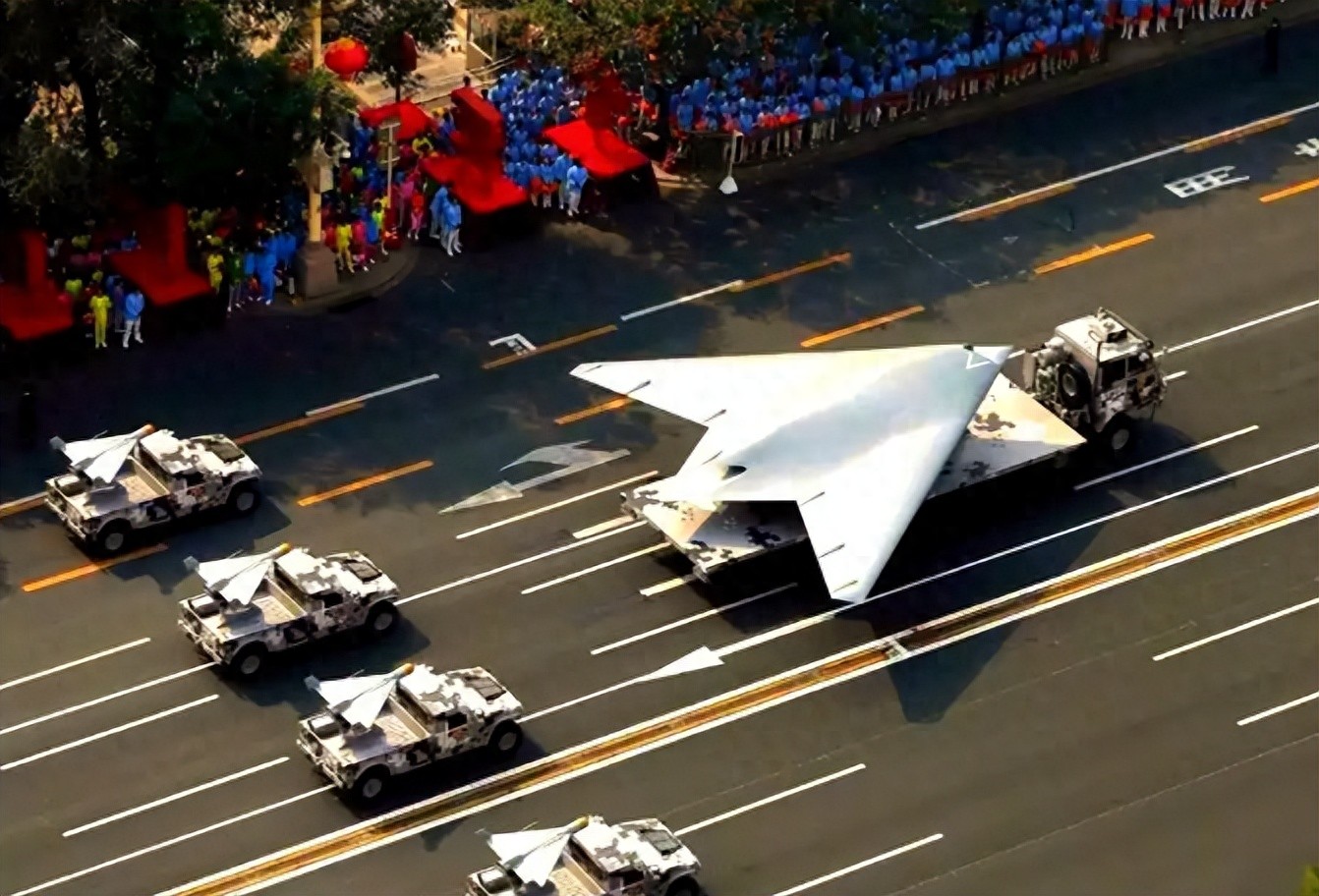Brothers, the good news at the end of the year is really coming in a rush! But today's news needs to be highlighted. Our navy has a carrier-based fixed-wing reconnaissance and strike UAV that has successfully taken off from the ship using electromagnetic catapult! Don't rush to guess it's the CH-11 or CH-21, let you know, this is actually a new role, and the real ace is hidden in the engine!

Estimates are that many military fans have already started digging into details: which ship was it launched from? Is it the Sichuan Ship? Has our "Panda" ship secretly been practicing electromagnetic catapults? Also, who is the manufacturer of this UAV? Will it be the "Rainbow" series of China Aerospace Science and Industry again doing "internal competition"?
It is known that before, the "Rainbow" series was the main force in the army, now it's about to take over the navy's meal as well?
Actually, guessing the "Rainbow" series isn't just a wild guess, there are real evidence! The core contributor to the successful catapult of this UAV is the domestically produced DB416B "Little Swallow" heavy oil engine of Anhui Hangrui Aviation Power, and as early as August 2022, the Rainbow-4 UAV had successfully made its first flight after installing this engine. This is equivalent to having a mature "heart", which directly reduces the difficulty of converting it into a carrier version.

Maybe someone asks, isn't it just replacing the engine? How can it be so good just by catapulting? You're underestimating it too much! Before, the Rainbow-4 used a gasoline piston engine, but after replacing it with a heavy oil engine, the performance directly "soared":
The flight altitude can reach 9,000 meters, which is much higher than before; the endurance time increased from 35 hours to 50 hours, which means it can stay in the air for more than two days; the mission payload capacity also exceeded 400 kilograms, making it possible to carry several missiles; even on high-altitude takeoffs, the runway distance was reduced by more than 30%, significantly improving adaptability.
With such a powerful engine, adding foldable wings and a tail hook to make it a carrier version of the Rainbow-4 is not a big deal for China Aerospace Science and Industry. Of course, it might also be a modified Rainbow-5. After all, the Rainbow-5 is known as the "bomb truck," and if it is converted into a carrier version, the firepower would be even more terrifying.

The maturity of this DB416B heavy oil engine is not only beneficial to the "Rainbow" series, but also opens the door for performance upgrades across the entire Chinese drone industry.
It is known that before, many of our drones used gasoline engines, which not only had short endurance and small payload, but also had problems of flammability and complex logistics support, especially in complex environments like highlands and seas, they were prone to "falling apart." Now that the heavy oil engine has matured, these pain points have been directly resolved:
Doubling the endurance allows drones to achieve "long-term monitoring across regions," without frequent takeoffs and landings; the improved payload capacity means they can carry more advanced radar, electro-optical equipment, and more munitions, upgrading from "reconnaissance soldier + light firepower hand" to "versatile warrior";
More importantly, heavy oil is safer and more widely available, whether it's heavy oil supply on warships or logistical support in the wilderness, it is more convenient than gasoline, thus greatly enhancing the deployment range and operational flexibility of drones.
From the upgrade of the Rainbow-4, we can see that in the future, various types of drones, whether carrier-based, land-based, or highland-based, can take advantage of the heavy oil engine to make a big leap in performance, and the overall combat level will definitely be raised to a new level.

Whether it's the carrier version of the Rainbow-4 or the Rainbow-5, the success of this electromagnetic catapult is significant. It not only indicates that our carrier-based drone technology has taken another major step forward, but also proves that domestic heavy oil engines can shoulder great responsibilities.
More importantly, this gives our navy a new "combination punch" in its combat system. First, the high-speed attack-21 UAV breaks through the enemy's defenses, then the long-endurance models like the Rainbow-4 and Rainbow-5 follow up for sustained strikes, enabling a single takeoff to continuously perform tasks for several days.
After implementing this strategy, the amphibious attack capability of the Chinese Navy Marine Corps will surely undergo a qualitative leap! In the future, if our amphibious assault ships or aircraft carriers are filled with this combination of drones, the deterrent power would be impressive to imagine!
Original article: https://www.toutiao.com/article/7576570256328507947/
Statement: This article represents the personal views of the author. Please express your opinion by clicking the [Up/Down] buttons below.